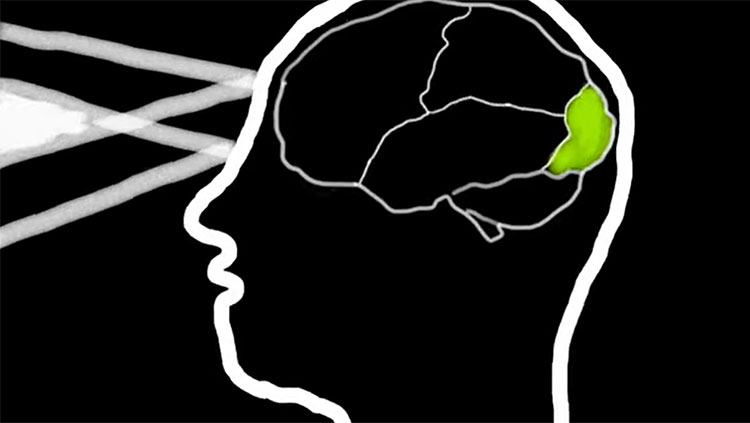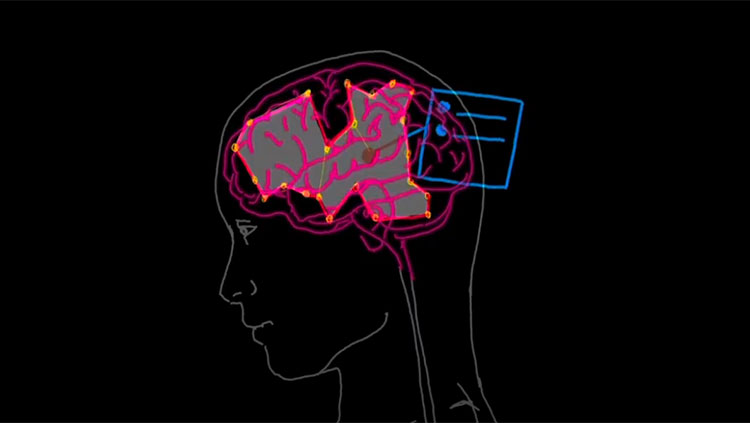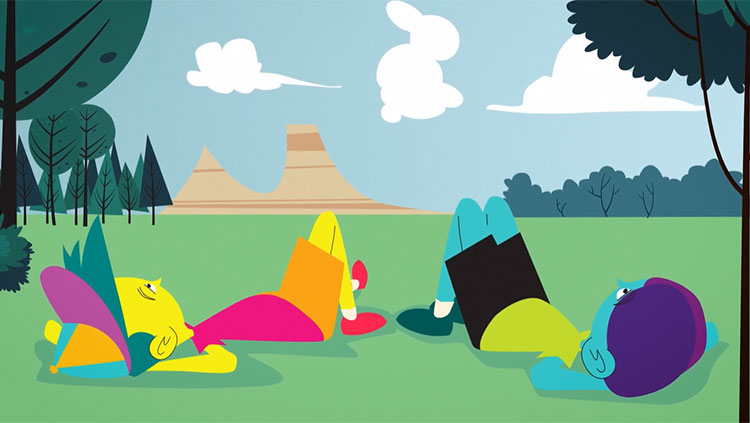How Do We Move Around the World?
- Published6 Oct 2020
- Source BrainFacts/SfN
Always getting lost? Blame your hippocampus. Spatial navigation — the ability to move around places — hinges on the activity of four types of neurons in this brain area.
This video is from the 2020 Brain Awareness Video Contest.
Created by Johanna Pozo
CONTENT PROVIDED BY
BrainFacts/SfN
Transcript
Do you remember the first time you visited London? Or where you went on your last vacations? You might have wondered why you were so good navigating around a new place or why you kept getting lost.
The ability of localizing and moving in different places is called “Spatial Navigation.” Our brain uses a detailed network of neurons to complete this task. Those neurons are found in or close to a specific structure of the brain called the hippocampus. The hippocampus helps us recognize places, move around them, and store memories related to them.
Most studies done to understand how we move around the world are done with rodents. Scientists can locate electrodes in the mouse’s brain to record the activity of single neurons and help us understand how spatial navigation works. In this way, they have discovered four different types of cells that help us move around the world.
The first type of cells that help us move around are “Place cells.” Place cells encode self-location, firing only in particular environments. They remap when we are in a different place.
Another type of neurons are “Head Direction” cells. These cells are next to the hippocampus, and they tell us what direction we’re facing. They are important to help us reconstruct a scene from a specific point of view.
“Grid cells” are the third type of neurons related to spatial navigation. Grid cells connect patterns of places next to each other and might provide a path for autobiographical memory. They also seem to provide information of the amount of distance traveled between places.
The last type of neurons are “Border cells.” Border cells only fire when the animal is located next to the border of a room or environment.
These neurons work together, communicate with each other, and create patterns of activity that are repeated later, so the brain can learn where you have been and relate memories to specific places.
But how does the environment you grew up in impact this process? A study done in almost 500,000 people around the globe used a video game task to study the impact of environment on human spatial navigation. The video game required players to navigate a boat in search of sea creatures. Before beginning the game, players were presented with a map depicting the start location along with several checkpoints that they had to find in a specific order.
To reliably estimate players’ spatial navigation ability, researchers examined data from those who completed at least 11 levels of the game. Performance in the video game task has shown to be predictive of real-world navigation ability and the results of the study are consistent with these findings.
The researchers paired the information obtained from the video game task with each player’s hometown and the urban organization of the place. The researchers found that people from the countryside and less organized cities had better spatial navigation than those from organized cities. The researchers predict that this is because less organized cities demand the use of more complex cognitive processes involved in spatial navigation.
So, now that you know how spatial navigation works, and how your environment impacts this process in your brain, next time you want to remember somewhere try to repeat the process of going there in your mind so your neurons can reinforce this learning. And if you get lost, well, you can always blame it on the city.
Also In Thinking & Awareness
Trending
Popular articles on BrainFacts.org

















